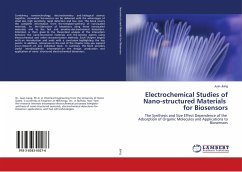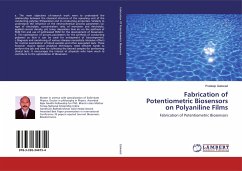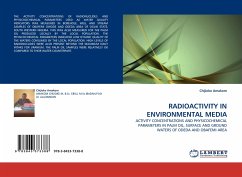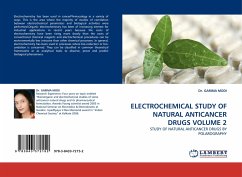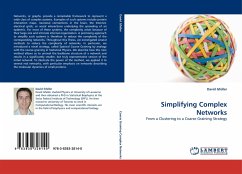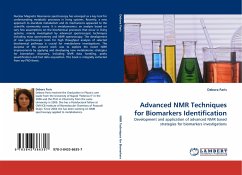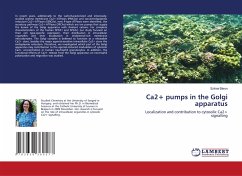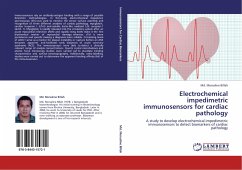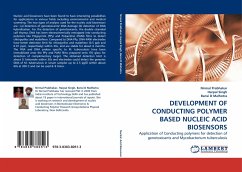
DEVELOPMENT OF CONDUCTING POLYMER BASED NUCLEIC ACID BIOSENSORS
Application of Conducting polymers for detection of genotoxicants and Mycobacterium tuberculosis
Versandkostenfrei!
Versandfertig in 6-10 Tagen
45,99 €
inkl. MwSt.

PAYBACK Punkte
23 °P sammeln!
Nucleic acid biosensors have been found to have interesting possibilities for applications in various fields including environmental and medical screening. The two types of analysis used for the nucleic acid biosensors are : (a) detection of genotoxicants/ DNA damage (b) detection of DNA hybridization. For the detection of genotoxicants, the double stranded calf thymus DNA has been electrochemically entrapped into conducting polymers like Polypyrrole (PPy) and Polyaniline (PANI) films to detect chlorpyrifos and malathion. Compared to DNA-PPy, DNA-PANI electrodes have better detection limit for...
Nucleic acid biosensors have been found to have interesting possibilities for applications in various fields including environmental and medical screening. The two types of analysis used for the nucleic acid biosensors are : (a) detection of genotoxicants/ DNA damage (b) detection of DNA hybridization. For the detection of genotoxicants, the double stranded calf thymus DNA has been electrochemically entrapped into conducting polymers like Polypyrrole (PPy) and Polyaniline (PANI) films to detect chlorpyrifos and malathion. Compared to DNA-PPy, DNA-PANI electrodes have better detection limit for chlorpyrifos and malathion (0.5 ppb and 0.01 ppm, respectively) within 30s, and are stable for about 6 months. The PNA and DNA probes specific to M. tuberculosis have been immobilized onto the PPy and PANI films prepared onto ITO glass for detection of complementary target. The obtained detection limit is about 0.1attomole within 30s and electrodes could detect the genomic DNA of M. tuberculosis in serum samples up to 2.5 pg/ l within about 60s at 300 C and can be used 8-9 times.



